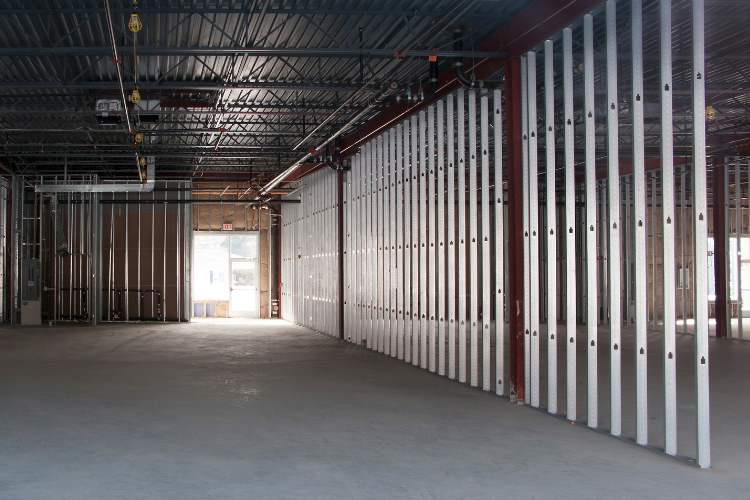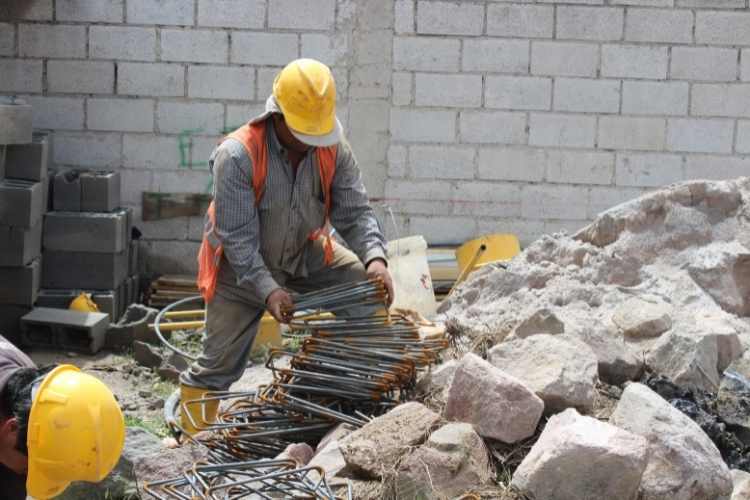In these technologically evolving times, subcontractors cannot afford to maintain their traditional ways of managing their business while the rest of the construction market is making dramatic efforts to improve productivity. Subcontractors and self-performing general contractors know profitable construction projects come from a successful blend of labor, material, and equipment management.
But, too often, contractors overlook opportunities to increase profitability – such as improving the way they manage materials. Responsibly growing your business requires a lot more than just winning jobs and taking on additional work. You also need to improve how work gets done across your organization.
According to StructShare, improving the way you manage materials can increase your profits by as much as 20% – a figure so large it is irresponsible to ignore.
This article highlights five critical areas where outdated processes are driving up your overall project costs. Our goal is to help you better understand how improving materials management can increase your profits, without needing a task force or major influx of resources to move forward.
Table of Contents
Hidden Material Costs Most Contractors Pay Extra For
Material can account for anywhere from 30% to 50% of project costs, depending on the trade, and many times is second only to labor. Subcontractors are paying hidden additional costs to get their materials to the jobsite, while overspending on common materials by an average of 8%.
StructShare has identified the 5 biggest hidden material costs impacting subcontractors today:
1. Billing mistakes & incorrect taxes
Subcontractors overspend by an average of 8% on materials due to unknown billing mistakes, incorrectly applied taxes (which vary by state), and an inability to properly source the best price. Additionally, failing to pay POs within payment terms may lead to added charges that are rarely budgeted for.
2. Field labor waste
Foremen spend on average 10+ hours per week requesting and tracking materials on the job site due to a lack of visibility on material orders. The result is inflated labor costs, and increased material costs from repeat orders and/or late deliveries.
3. Manual purchase orders and invoice processing
Manual purchase orders and invoice processing wastes tens of thousands of hours per year. Project managers and procurement agents spend unnecessary time manually re-entering data and communicating back and forth between the field and back office. A lack of organized cost codes and historical data makes it hard to analyze and search for information across purchase orders. The same disorganization also makes it difficult to hold vendors accountable.
4. Ad-hoc orders
Due to lack of time and data availability, and an inability to track materials effectively, managing orders too often becomes an ad-hoc activity and wastes thousands of valuable hours. This impacts jobsite operations and the entire project team, resulting in errors, delays, and higher materials costs.
5. Minimal inventory visibility and material breakdown
Access to accurate inventory and valuable scrap represent significant hard dollars spent. Tracking this financial information is essential to accurate financial statements and managing the business for profitability.
Overall, current manual paper-based and email/text processes are the main problems, leading to broken purchasing and materials management which dramatically cut into profit.
Today’s Outdated Processes
The hidden costs of materials management come from the inefficient processes and lack of dedicated tools used to manage the communication and workflows between the field, office, and suppliers. Instead of collaborating, different stakeholders (foremen, project managers, purchasing and accounting teams, and vendors) block each other, and progress on the project slows. Even when things go well, the cost of these archaic processes adds up across your firm and your projects. Inefficiencies and mistakes at any step increase costs in the form of late deliveries, delayed payments, and repetitive data entry.
The Solution: Software that Connects Disjointed Workflows
Materials management technology is being adopted by contractors in order to mitigate common issues, such as field teams being slowed down due to jobsite material needs. By utilizing materials management technology, office teams can focus on finding the best volume prices for materials instead of tracking down invoices and manually entering data. Managers also have access to data that allows them to identify both trouble spots and top-performing suppliers.
The New Standard: Digital Purchasing and Materials Management
Purpose-built software for specialty contractors allows information to flow accurately and in real-time between all parties and accounting systems involved on a project. Such software, like Structshare, can increase subcontractors’ profits by an average of 20%. And – most importantly – you can start using it without making any major changes to your business; it’s IT-free, works with any vendor, and syncs data directly to your accounting system of record.





